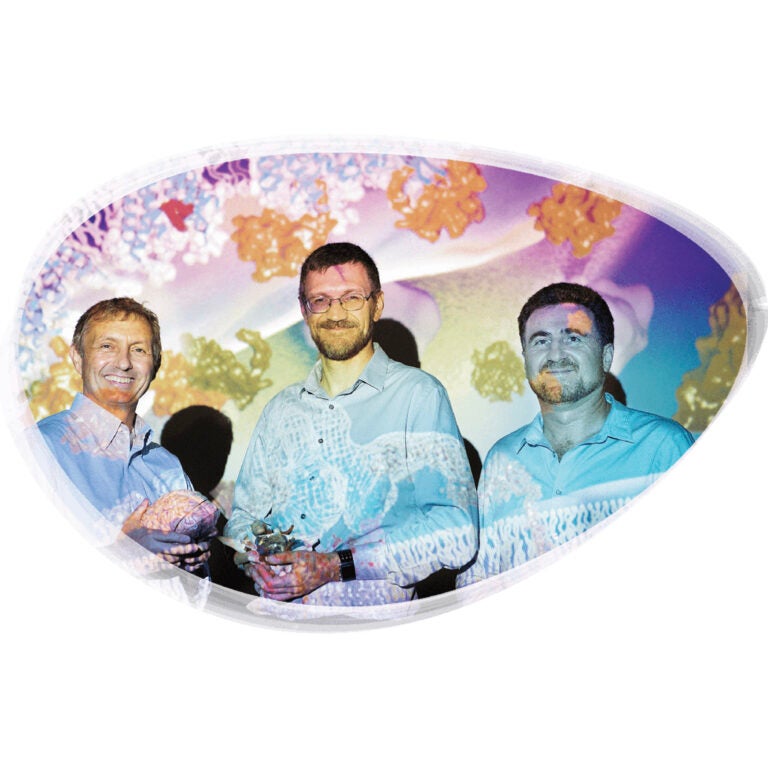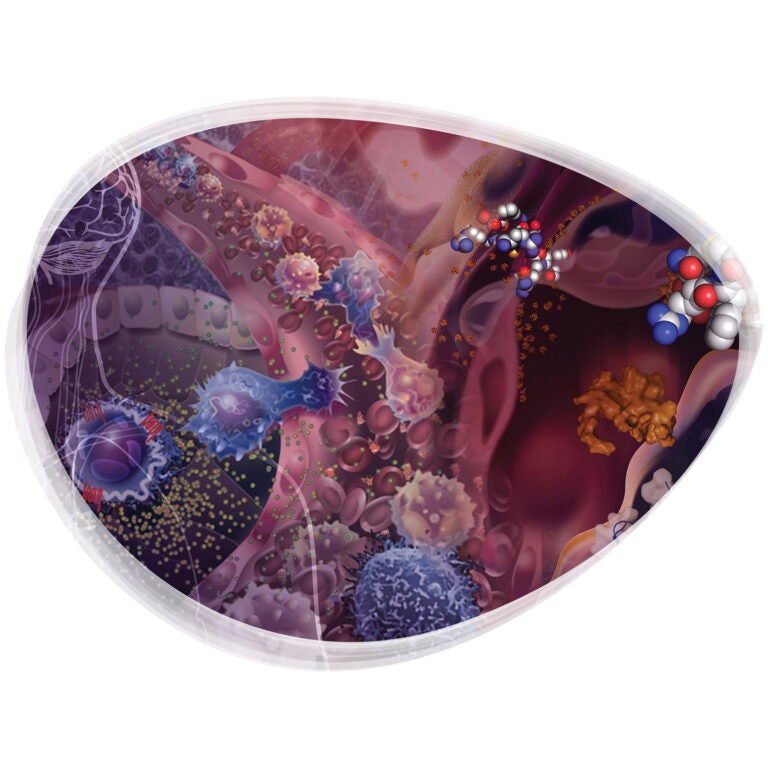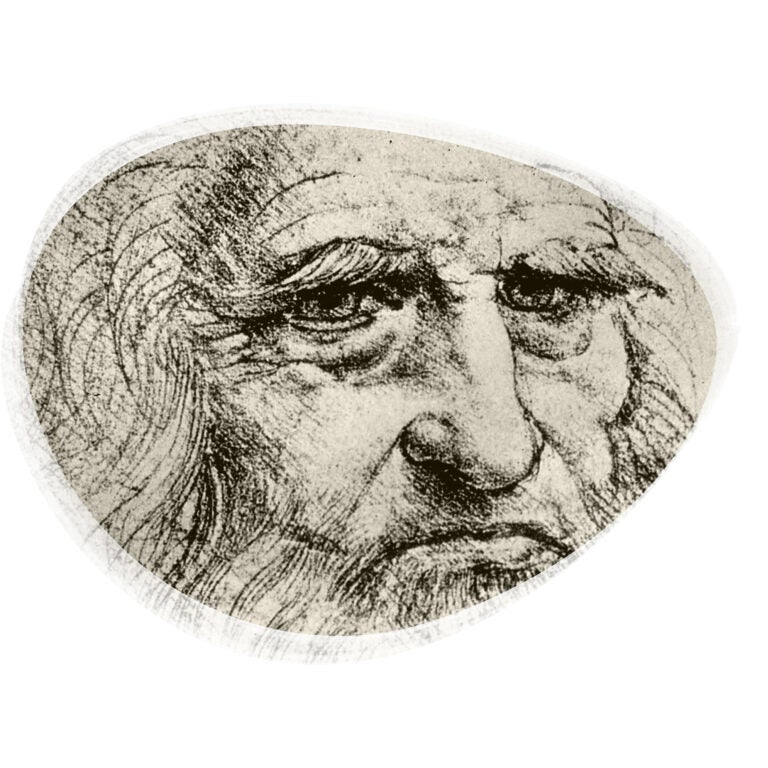Over the past century, the sciences, engineering and medicine have become progressively more specialized, each diverging into an array of sub-disciplines. While this approach has led to significant increases in understanding human health, it has also resulted in silos of expertise that run deep and often remain isolated, hindering progress.
A New Approach
It is time to disrupt conventional thinking — converging knowledge to achieve radical progress in improving the human condition. Building upon the university’s Michelson Center for Convergent Bioscience Initiative, the Bridge Institute unites eminent professors across the entire university, including the USC Dornsife College of Letters, Arts and Sciences, the USC Viterbi School of Engineering and the Keck School of Medicine of USC, as well as animators and cinematographers in the USC School of Cinematic Arts and the USC Institute for Creative Technologies, and technology transfer experts in the USC Stevens Center for Innovation.

Mission & Vision
Exploring the interplay of molecules, cells and tissues through inclusive Team-Science and Art-Science frameworks to create new mechanistic insights that impact biomedical research, support science training and improve the human condition.
Serving as a launchpad for projects drawing on disparate disciplines of science, engineering, medicine and the arts – the Bridge Institute is leveraging the strengths of individual departments and schools by providing an umbrella that trains fearless researchers, supports convergence and empowers collaboration. Our values are Teamwork, Imagination, Innovation, Learning, Teaching, and Convergence.

Molecule To Human
Leonardo Da Vinci’s drawing of the Vitruvian man remains an icon of the Renaissance period. In a single sketch, he combined the mathematical, architectural, religious, philosophical and artistic principles of his time to provide us with a full map of the human body.
“Man,” he wrote, “is the model of the world.” More than 500 years later, we remain fascinated by the complexities of the human body. We have categorized most of the elements of man at the genetic, molecular and cellular levels, but have yet to integrate the different scales of data together. Until the gaps in these data are bridged, the most effective and efficient ways to develop new drugs and understand diseases will continue to evade us. Google, for example, has embarked on a quest to create a more complete picture of the human brain hoping to pinpoint how diseases might be prevented rather than merely treated. While theirs is a top-down approach, we aim to do the reverse. Working up from the molecular to the cellular to the entire human body — The Bridge Institute will not only advance our understanding of precisely how biological systems function in both healthy and diseased states, but also how to manipulate those functions to dramatically improve human health.
By integrating and synthesizing such new knowledge holistically — across disciplines in the sciences, engineering, medicine and the arts, at multiple size and time scales — the institute will assemble a virtual model of the human body that can be used to create and explore new generations of therapeutics and biomarkers. This atomic resolution model of man will allow for the virtual testing of drug candidates, thereby dramatically increasing patient success rates and lowering drug development costs by avoiding failed clinical trials. The Bridge Institute will further the development of personalized treatment programs and medical devices for specific diseases affecting the brain, such as autism, Alzheimer’s, Parkinson’s and addiction, and the rest of the body including cancers, and ensure that these breakthroughs reach the marketplace as quickly as possible to benefit patients everywhere.

Interested in working together or have an idea to share?
Bridge Undergraduate Science Program
(BUGS and BUGS Jr. Programs)